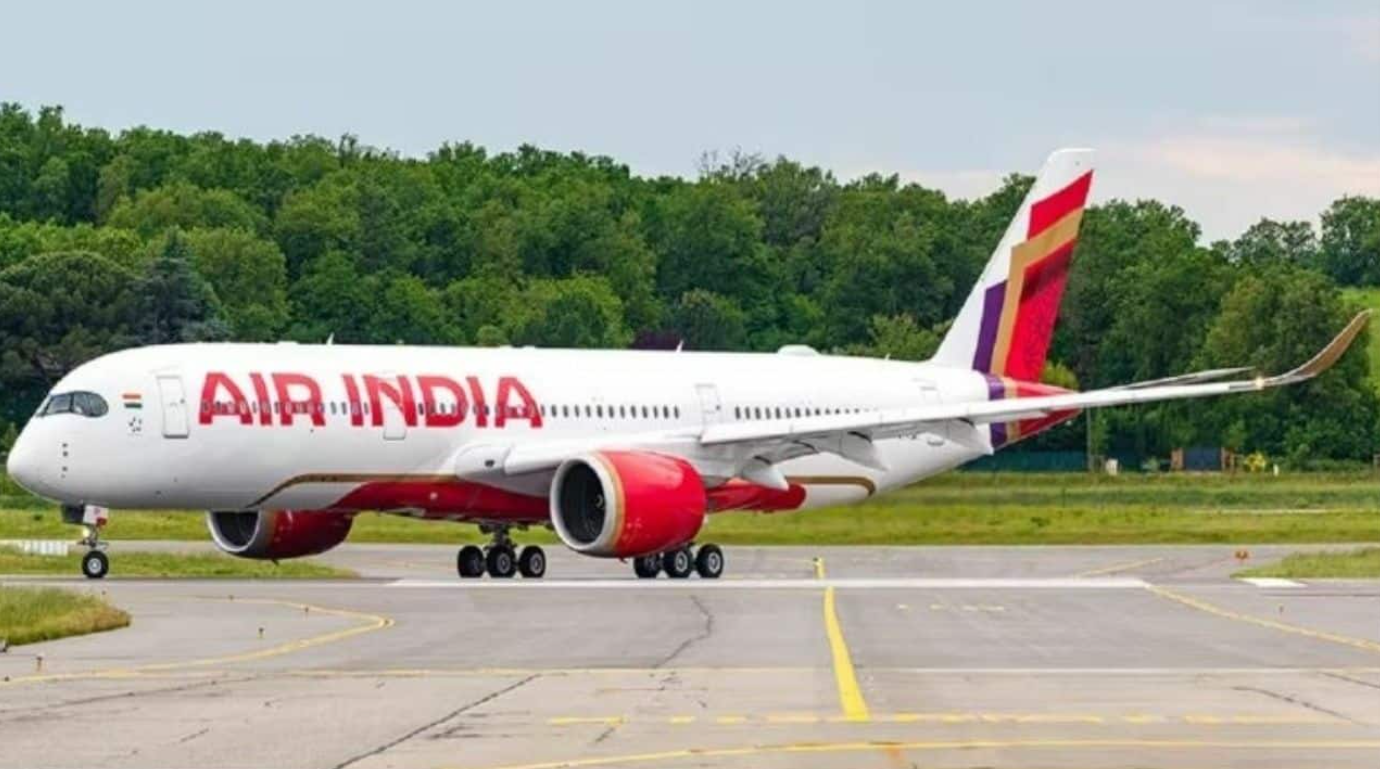Picture this: You’re 30,000 feet above the Andaman Sea, heading from Phuket to Delhi—everything’s calm, and then BAM—a bomb threat hits. That’s exactly what happened to Air India Flight AI‑379 on June 13, 2025. Mid-flight, the crew received a bomb scare. No hesitation. Passenger safety first—they rerouted to the nearest runway and performed an emergency landing right back in Phuket.
Flight Path Interrupted—Pilot’s Quick Thinking Saved the Day
The Airbus A320neo took off from Phuket around 9:30 AM local time (02:30 GMT). All was steady until the bomb threat alert pinged the cockpit. The pilot didn’t mess around—circled over the Andaman Sea to burn fuel, then dashed back to Phuket for a safe landing at 11:46 AM. Security teams swooped in, passengers disembarked calmly, and every crew member followed protocol to the letter .
No one was hurt. Zero injuries. And that, my friend, is emergency response done right.
Who Was on Board—and What Was the Response?
Some reports say about 156 passengers were aboard—others hint at slightly more. Either way, authorities confirm everyone was evacuated without a scratch.
Security didn’t just pat everyone down—they thoroughly inspected the plane, luggage, cargo, and probably the guy who flagged the threat note. Nothing suspicious found—and thankfully, nothing blew up.
Context Matters—Why This News Hits Close to Home
Here’s the thing: This all came a day after the tragic crash of Air India Flight AI‑171 in Ahmedabad, which claimed over 240 lives. So tensions were already high. A bomb scare followed by a crash—it sounds like an action movie plot. But in real life, every second counts—and the quick response here ensured we didn’t get a sequel, thank goodness.
Timeline at a Glance
| Time (June 13, 2025) | Key Event |
|---|---|
| 02:30 GMT (09:30 PHUK) | Flight AI‑379 departs Phuket for Delhi |
| Mid-flight | Bomb threat alert received onboard |
| Circling period | Burned fuel over Andaman Sea before diverting home |
| 11:46 AM local | Emergency landing executed safely in Phuket |
| Moments later | Evacuation complete, security sweep begins |
How Airlines Handle Bomb Threats—By the Book
What’s the standard playbook when a bomb threat hits mid-air?
-
Secure and Isolate – The crew secures any suspicious item and prepares for precaution.
-
Airborne Circling – Pilot burns fuel to reach a safe landing weight.
-
Ready Runway – Emergency services stand by on the ground.
-
Fast Evacuation – Everyone exits swiftly and calmly.
-
Sweep and Clear – Specialists inspect every nook of the aircraft.
Seems overkill? Not when human lives are at stake. Safety isn’t optional—it’s mandatory.
What Happens After the Threat Vanishes?
Even with no explosive found, this incident triggers a cascade of checks:
-
Bomb Disposal Unit inspects the aircraft.
-
Policing and Interrogation follows to track the threat’s origin.
-
Smooth Scheduling—Phuket airport resumes flights once all clear.
-
Passenger Care—Air India offers counseling or rebooking if needed.
This isn’t just about clearing the runway—it’s about keeping trust afloat.
Why It’s a Big Deal—Lessons We Can’t Ignore
Let’s break it down:
-
Passenger Safety First – Their lives always take precedence.
-
Rapid Crew Response – From alert to landing, it was almost flawless execution.
-
Confidence in Systems – Security protocols actually worked.
-
Global Watch – Next-day aviation eyes were already peeled, given the Ahmedabad crash.
Takeaway? Crises don’t wait. Your readiness data better be up-to-date.
Conclusion: Crisis Averted, Trust Preserved
So there you have it—a bomb scare mid-flight was handled with precision. No casualties, no chaos, just solid action that put lives ahead of headlines. Kudos to the pilot, crew, ground staff, and agencies that dove into crisis head-first.
In aviation, safety isn’t glamorous—but it’s everything. Every beep, every alert, every protocol exists because lives hang in the balance. And today, all those safeguards held strong.
